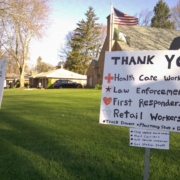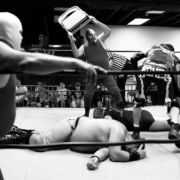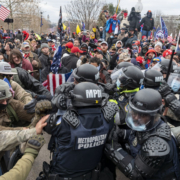Prison Tropes “R” Us: Why it’s so damn hard to reform correctional facilities in the United States and what can we do change this state of affairs
Lots of things are standing in the way of reforming correctional facilities, the controversial practices that occur inside them, and the people who work there.
This is not because we haven’t accumulated a respectable amount of peer-reviewed research that provides advice on all manner of ways to improve jails and prisons.
And it’s not simply because of powerful correctional officer unions that lobby against change, punitive beliefs held by many members of the public, the popularly held view that a stint behind bars serves as a deterrent against crime, the ossification of the bureaucracies that manage jails and prisons, or a lack of resources. Although these are important obstacles, these factors alone are not the reason why correctional institutions are so difficult to change.
The most important reason why it’s difficult to reform jails, prisons and other carceral facilities is because the general public has a poor understanding of what goes on in correctional institutions and this is largely because their opinions about this branch of the criminal justice system are based upon the knowledge and myths they have derived from popular culture portrayals.
For example, no movie or television series (or even an episode from the same) that is set in a correctional facility (nor the deluge of contemporary “shock-umentaries” like America’s Toughest Prisons, or even commercials featuring prisons) seems complete without some physical confrontation on the yard, somebody being shived, a prison rape, or intimidating looking gang members. Many times this is simple pandering to prison voyeurism. I could go on.
The reality is that life inside jails and prison is mostly boring both for the inmates and the correctional officers who work there. Opportunities for rehabilitation are sparse. And most people who are sentenced to a correctional facility come out worse than when they went in.
When proposals, policies and laws, proposed or introduced in correctional facilities, or city hall, county executives, state legislatures, or Congress, that attempt to reform the correctional facilities under their jurisdiction, the public frequently does a mental check on what they know about jails and prisons and if it is out of sync, they say hell no. This public opinion translates its way back to elected politicians who make the ultimate decisions.
That’s why, if we’re going to make a meaningful dent into changing jail and prison policies and practices, laws connected towards their operation, and maybe even abolishing prisons, we need to examine and reform the way correctional facilities are presented to the public. Scholarly research is important, but a systematic public education campaign, and through the news media investing more effort and resources towards coverage of what happens behind bars, and presenting programs and policies that work is equally pressing.

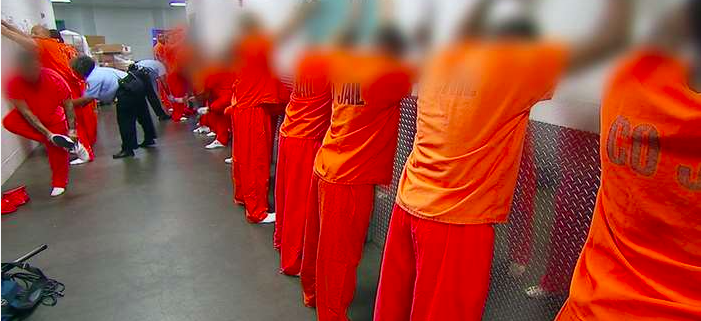
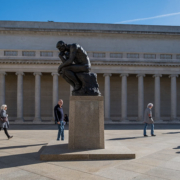

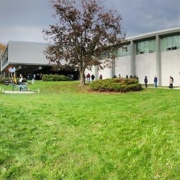 Creative Commons
Creative Commons